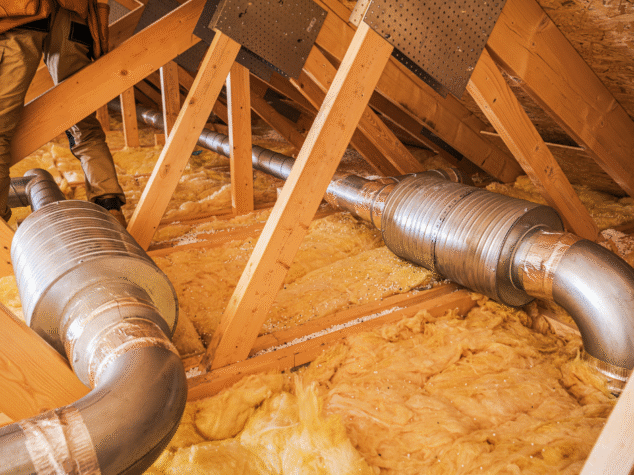Autumn in Central Massachusetts brings crisp air, colorful leaves, and—unfortunately—an uptick in pest activity. As temperatures drop, many homeowners assume pests are “going away,” but fall pest behavior is often misunderstood. Let’s set the record straight and bust some of the most common fall pest myths.
Myth 1: “Pests Die When It Gets Cold”
It’s easy to assume that insects vanish with the first frost, but many species are experts at surviving fall and winter. Stink bugs, ladybugs, spiders, and even some wasps will seek out warm, protected areas—like your attic, basement, or walls—to overwinter.
Reality: Fall doesn’t eliminate pests—it just changes where you’ll find them. Indoors becomes the new hotspot.
Myth 2: “If My Home Is Clean, I Won’t Have Pests”
While a tidy home reduces crumbs and food sources, cleanliness alone won’t stop pests. Rodents, overwintering insects, and even wildlife like squirrels or raccoons are after warmth and shelter—not just food.
Reality: Even spotless homes can experience infestations if there are gaps, vents, or other entry points. Prevention is about sealing your home, not just sweeping it.
Myth 3: “DIY Sprays Solve Fall Pest Problems”
Store-bought sprays and traps can help with minor annoyances, but they rarely address the root cause. If pests have already entered walls, attics, or hidden areas, a quick spray won’t prevent repeat infestations.
Reality: Professional pest control identifies entry points, nesting sites, and hidden infestations, providing long-term solutions rather than temporary relief.
Myth 4: “Only Messy Yards Attract Pests”
Some homeowners think well-kept yards are immune to fall pests. In reality, even neat lawns and gardens can attract rodents, insects, and other critters if they find a way inside through foundation cracks, vents, or chimneys.
Reality: Yard maintenance helps, but sealing entry points and removing hidden shelters around the home are equally important.
Takeaway: Don’t Be Fooled by Fall Pest Myths
Pests are smart, adaptable, and always on the lookout for warmth and shelter in Central Massachusetts. By understanding fall pest behavior and avoiding common misconceptions, homeowners can take meaningful steps to prevent infestations and keep their homes comfortable all season.

